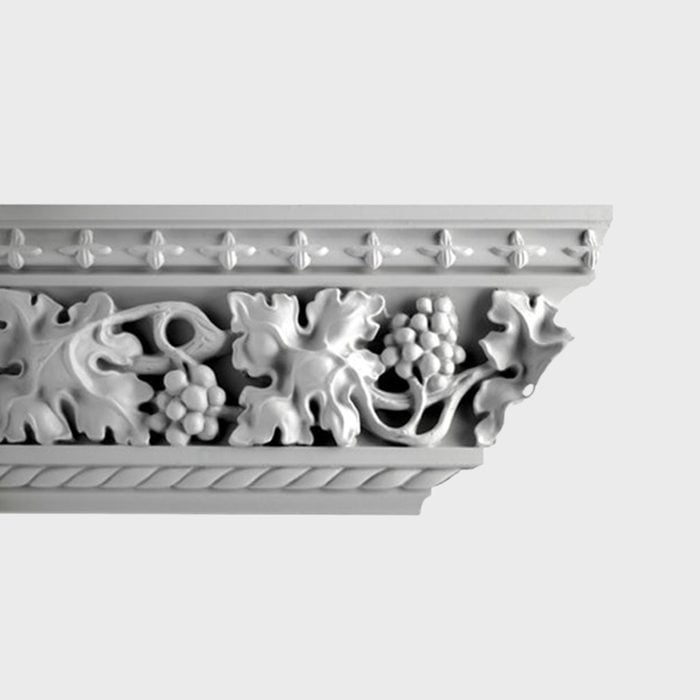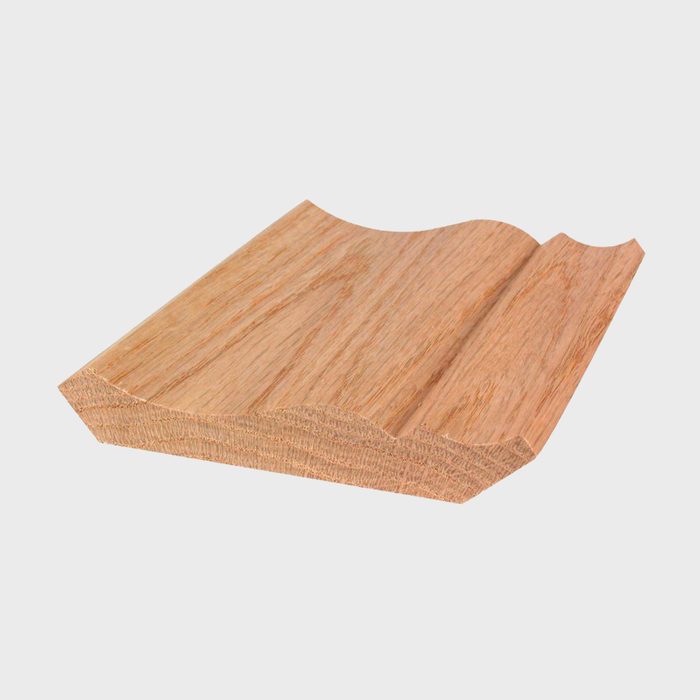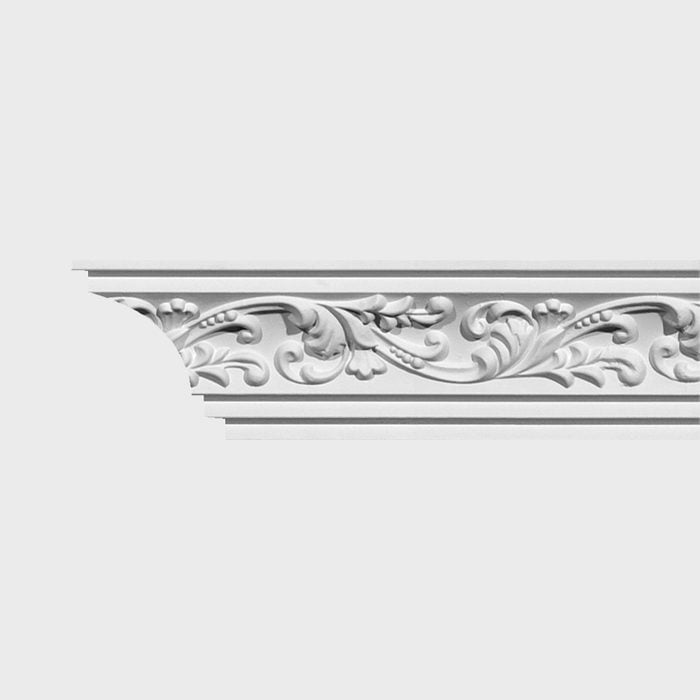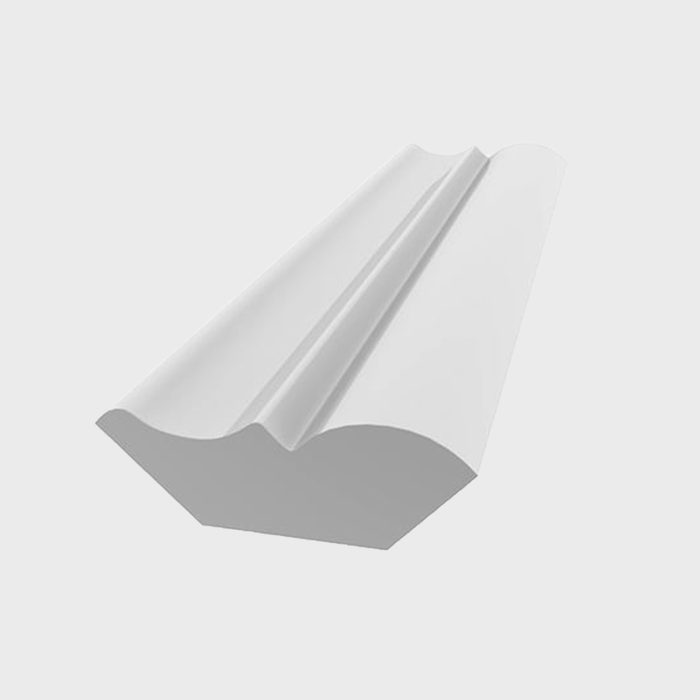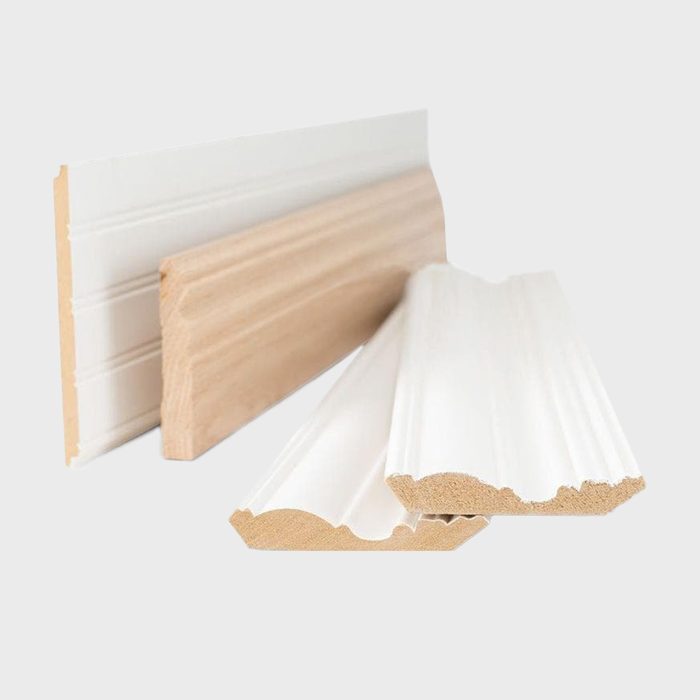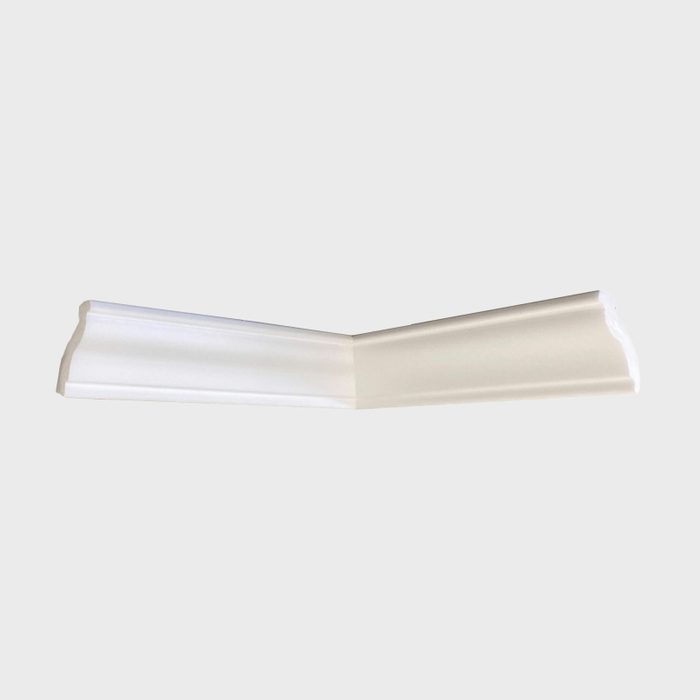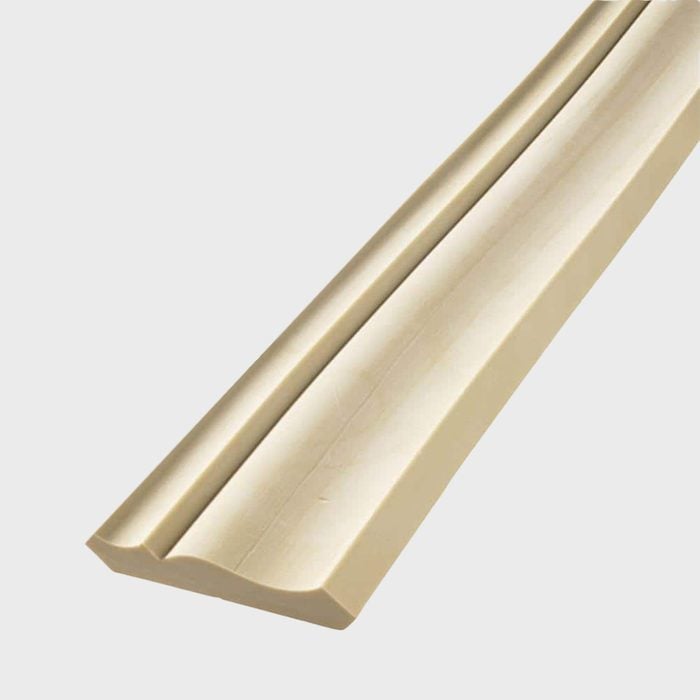Whether big and bold or understated, crown molding enhances the transition from wall to ceiling. Which of these seven options is right for your home?
Our editors and experts handpick every product we feature. We may earn a commission from your purchases.Learn more.






















